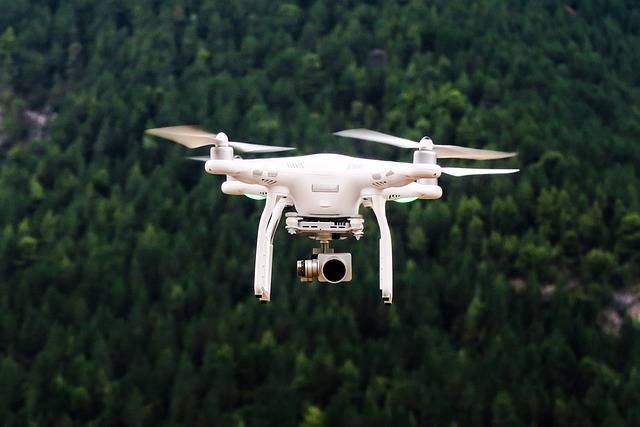The art of drone flying has transformed many landscapes of photography, providing unique angles and breathtaking shots. Mastering the skill of drone fly unlocks numerous opportunities for both hobbyists and professional photographers to capture stunning aerial photographs. With a rise in interest in capturing the perfect shot from above, understanding the intricacies of drone operation has never been more essential.
Why Focus on Drone Flying?

Drone technology has revolutionized the field of photography. It allows photographers to capture images from perspectives that were previously inaccessible. Imagine filming a vast desert landscape, a sprawling city skyline, or a secluded mountain peak — drones bring these possibilities to life. However, capturing breathtaking aerial photography requires more than just flying the drone; it demands meticulous planning, keen observation, and mastery of various photography techniques.
Choosing the Right Drone for Photography
Before setting out on your aerial photography journey, it’s crucial to choose the right drone. Camera quality is vital. Look for drones equipped with high-resolution cameras, ideally 4K, to ensure crisp and impressive images. Additionally, consider battery life, as longer flights offer more opportunities for the perfect shot. Drones with gimbal stabilization are essential for reducing motion blur, ensuring every photo is clear even if your hands aren’t entirely steady.
Drone Flying Techniques
Flying a drone isn’t just about maneuvering it through the sky; it involves a blend of skill and artistry. Begin with practicing basic movements, such as hovering and simple directional changes. As you become more confident, incorporate more complex maneuvers, such as sweeping pans and smooth accelerations. These techniques enhance your aerial footage’s dynamism and narrative.
Mastering the Basics
Start by familiarizing yourself with the controls. Understanding pitch, yaw, roll, and throttle will give you a good foundation. Practice flying in open spaces where you have room to navigate safely. Repeated practice will build your confidence and help you react swiftly to any unexpected scenarios.
Understanding Lighting and Weather Conditions
Lighting can dramatically affect the mood of your photos. The ‘golden hour’ shortly after sunrise or before sunset provides soft, diffused lighting that enhances shadows and highlights, creating a picturesque effect. Weather conditions are equally crucial. Windy conditions may hinder flight stability, impacting photo quality. Always check the weather forecast before embarking on a drone flying expedition.
Legal and Safety Considerations
Drone usage is subject to legal regulations. Ensure you’re aware of the local laws regarding drone operations in your area, as ignorance can lead to significant fines or confiscation of equipment. Focus on areas designated for drone flying to avoid restricted airspace. Always fly within your line of sight to maintain control and ensure safe operation.
Editing Aerial Photographs
Post-processing is vital in aerial photography to enhance color balance and contrast. Software like Adobe Lightroom or Photoshop offers advanced editing tools that help refine images without degrading quality. Consider adjustments in exposure, sharpening, and cropping to enhance the final image.
Total Game Changers: Filters and Techniques
Using ND filters can significantly impact your photography by allowing for longer exposure times, which is perfect for capturing motion in water or creating dramatic effects in cloudy skies. Employing HDR techniques can also help in capturing a wider range of light and shadow detail in a single shot.
Frequently Asked Questions
What are the best settings for aerial photography?
A focus on ISO, shutter speed, and aperture can dramatically influence your results. For clear skies, keep the ISO low to avoid noise, and adjust shutter speed according to the movement and light levels.
How can I ensure my drone’s safety?
Regular maintenance checks, firmware updates, and calibrating your drone before each flight help maintain functionality. Be mindful of battery levels and any alerts from your drone’s app.
Is drone insurance necessary?
While not always legally required, insurance is advisable to cover any potential damage or accidents involving your drone. It protects both your investment and unexpected liabilities.